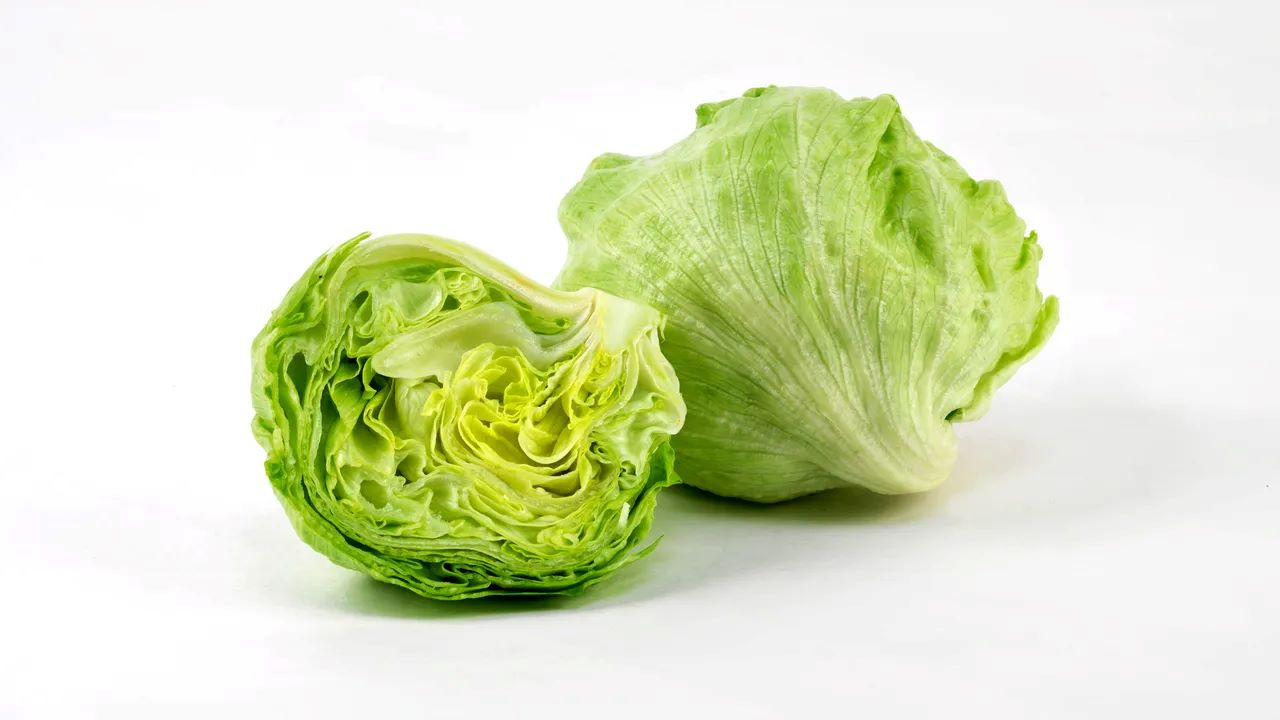

Articles
How To Store Fresh Cut Lettuce
Modified: February 23, 2024
Learn expert tips for storing fresh cut lettuce in this informative article. Proper storage techniques will keep your lettuce fresh and crisp for longer.
(Many of the links in this article redirect to a specific reviewed product. Your purchase of these products through affiliate links helps to generate commission for Storables.com, at no extra cost. Learn more)
Introduction
Welcome to the world of fresh, crisp lettuce! Whether you’ve harvested it from your garden or bought it from the market, you want to make sure your lettuce stays fresh and tasty for as long as possible. Properly storing fresh cut lettuce is key to preserving its texture, flavor, and nutritional value.
In this article, we’ll explore the best practices for storing fresh cut lettuce to help you maintain its quality and extend its shelf life. From choosing the right lettuce to using proper storage techniques, we’ll cover everything you need to know to keep your lettuce fresh and delicious.
So, if you’re ready to learn some handy tips and tricks for storing fresh cut lettuce, let’s dive right in!
Key Takeaways:
- Choose high-quality, crisp lettuce and clean it thoroughly before storage to maintain its freshness and flavor. Use airtight containers and avoid washing or cutting lettuce too far in advance for longer shelf life.
- Store cut lettuce in damp paper towels and airtight containers to prevent wilting. Reuse leftover lettuce creatively in salads, sandwiches, and smoothies to minimize waste and enjoy its flavors.
Read more: How To Store Fresh Lettuce
Choosing Fresh Lettuce
When it comes to storing fresh cut lettuce, starting with high-quality lettuce is essential. Here are some tips to help you choose the best lettuce:
- Look for crisp leaves: Choose lettuce with crisp and vibrant green leaves. Avoid lettuce with wilted, brown, or slimy leaves.
- Check the stem: The stem of the lettuce should be fresh and moist. If it looks dry or discolored, it’s a sign that the lettuce is not as fresh.
- Choose the right variety: Lettuce comes in different varieties such as romaine, iceberg, and leaf lettuce. Select the one that suits your taste preferences and recipes.
- Organic options: Consider opting for organic lettuce to minimize exposure to pesticides.
By selecting fresh and high-quality lettuce, you’re setting the foundation for your lettuce to stay fresh and taste great for longer.
Properly Cleaning Lettuce
Before storing fresh cut lettuce, it’s crucial to properly clean it to remove dirt, bacteria, and any other impurities. Follow these steps to clean your lettuce effectively:
- Separate the leaves: Gently separate the lettuce leaves and discard any damaged or wilted ones.
- Rinse with cold water: Place the lettuce leaves in a colander and rinse them thoroughly with cold water. This helps remove any surface dirt or debris.
- Soak in water: Fill a clean basin or large bowl with cold water and submerge the lettuce leaves in it. Swish them around gently to loosen any remaining dirt and sediments.
- Repeat if necessary: If the water appears murky, drain it and repeat the soaking process until the water runs clear.
- Inspect for pests: Check the lettuce leaves for any signs of insects or pests. If you spot any, remove them or discard the affected leaves.
By following these steps, you can ensure that your lettuce is free from dirt and impurities, which helps in maintaining its freshness and flavor.
Drying The Lettuce
After cleaning the lettuce, it’s important to dry it thoroughly before storing. Excess moisture can accelerate the wilting and spoiling process. Here are some methods to properly dry your lettuce:
- Shake off the water: Gently shake the lettuce leaves to remove any excess water. Be careful not to damage the leaves in the process.
- Use a salad spinner: A salad spinner is a handy tool for drying lettuce. Place the washed lettuce leaves in the spinner basket and spin it to remove the water. Repeat if necessary.
- Pat dry with towels: Lay out some clean kitchen towels or paper towels on a flat surface. Place the lettuce leaves on top and gently pat them dry with another towel. Flip the leaves if needed to ensure they dry thoroughly.
- Air dry: If you have time, you can let the lettuce air dry on a clean kitchen towel or a drying rack. Make sure it’s in a well-ventilated area.
By properly drying your lettuce, you remove excess moisture that can lead to wilting and decay. This step is vital for maintaining the crispness and freshness of your lettuce.
Storing Lettuce in the Refrigerator
The refrigerator is the perfect place to store fresh cut lettuce as it helps maintain its freshness and slows down the wilting process. Follow these steps to store your lettuce in the refrigerator:
- Wrap in damp paper towels: Take a few paper towels and dampen them slightly with cold water. Wrap the lettuce leaves in the damp paper towels. The moisture from the towels helps keep the lettuce hydrated.
- Place in a resealable bag or container: Once the lettuce is wrapped in the damp paper towels, transfer it to a resealable plastic bag or an airtight container. Make sure to seal it tightly to prevent any air from entering.
- Label and date the container: If you’re using a container, it’s helpful to label it with the date of storage. This allows you to keep track of the freshness and expiration of the lettuce.
- Store in the refrigerator: Place the bag or container in the vegetable crisper drawer or on a shelf in the refrigerator. The cool temperature of the refrigerator helps to maintain the crispness of the lettuce.
It’s important to note that lettuce is sensitive to ethylene gas, which is released by certain fruits like apples and bananas. To prevent premature wilting, store lettuce away from ethylene-producing fruits.
By storing your lettuce properly in the refrigerator, you can extend its shelf life and ensure that it stays fresh and crisp until you’re ready to use it.
Read more: How To Store Lettuce To Keep It Fresh
Using Containers for Lettuce Storage
Using the right containers for lettuce storage can make a significant difference in maintaining its freshness and quality. Here are some container options you can consider:
- Plastic bags: Resealable plastic bags are a convenient and inexpensive option for storing lettuce. Make sure to remove as much air as possible from the bag before sealing it.
- Airtight containers: Plastic or glass airtight containers are another great option for lettuce storage. They provide proper protection and help to retain the lettuce’s moisture and crispness. Look for containers with locking lids or silicone seals for optimal freshness.
- Produce bags with ventilation: If you prefer a more eco-friendly option, reusable produce bags with small holes for ventilation can be used to store lettuce. These bags allow air circulation while protecting the lettuce from drying out.
When selecting a container, consider the size and shape of the lettuce leaves. Choose a container that allows the lettuce to lay flat or provides enough space for the leaves without crushing them.
Remember to clean and dry the containers thoroughly before storing lettuce to prevent any bacterial growth. Additionally, regular inspection and cleaning of the containers will ensure a hygienic storage environment.
By using appropriate containers, you can protect your lettuce from moisture loss, maintain its crispness, and extend its storage life in the refrigerator.
After washing and drying the lettuce, store it in a resealable plastic bag with a paper towel to absorb excess moisture. Keep it in the crisper drawer of the refrigerator for up to a week.
Keeping Lettuce Fresh for Longer
To maximize the shelf life of your fresh cut lettuce, there are a few additional tips you can follow:
- Do not wash lettuce before storage: It’s best to wash lettuce just before using it, rather than washing it in advance. Excess moisture can accelerate wilting, so it’s ideal to keep the lettuce dry until you’re ready to use it.
- Avoid cutting lettuce in advance: Cutting lettuce exposes more surface area, making it prone to wilting faster. To maintain its freshness, it’s recommended to cut lettuce right before using it in your recipe.
- Store uncut heads of lettuce: If you have a whole head of lettuce that you’re not planning to use all at once, keep it uncut. Place it in a plastic bag or wrap it in a damp paper towel before storing it in the refrigerator. This will help retain its freshness for a longer period.
- Rotate your lettuce: If you have multiple bags or containers of lettuce in the refrigerator, be mindful of their expiration dates. Use the older lettuce first to prevent waste and ensure you enjoy the freshest produce.
- Check and remove any wilted leaves: Periodically check your stored lettuce for any wilted or discolored leaves. Removing them promptly helps prevent the spread of spoilage to the rest of the lettuce.
By following these tips, you can extend the freshness of your lettuce and enjoy crisp, vibrant greens for a longer time.
How to Store Cut Lettuce
Storing cut lettuce requires special attention to maintain its freshness and prevent wilting. Here are the steps to store cut lettuce properly:
- Clean and dry the lettuce: Start by thoroughly washing and drying the lettuce leaves as mentioned earlier. Ensure that the leaves are completely dry to avoid excess moisture.
- Cut into manageable sizes: Cut the lettuce leaves into the desired manageable sizes for your recipes or salads. Avoid cutting them too small, as this can accelerate wilting.
- Wrap in paper towels: Take a few layers of paper towels and place them on a clean, flat surface. Lay the cut lettuce on top of the paper towels.
- Roll the lettuce: Starting from one end, roll the lettuce and paper towels together gently. The paper towels will help absorb any excess moisture from the lettuce.
- Transfer to a resealable bag or container: Place the rolled lettuce in a resealable plastic bag or an airtight container. Squeeze out any excess air before sealing it tightly.
- Refrigerate promptly: Immediately transfer the bag or container to the refrigerator. Store it in the vegetable crisper drawer or on a shelf where it will remain undisturbed.
By following these steps, you can maintain the crispness and freshness of your cut lettuce for an extended period.
Reusing Stored Lettuce
If you have some leftover stored lettuce that you’d like to reuse, there are a few ways to incorporate it into your meals without compromising its quality:
- Create salads: Use the stored lettuce as a base for creating delicious salads. Add in your favorite toppings, such as tomatoes, cucumbers, carrots, or protein sources like grilled chicken or tofu.
- Add to sandwiches and wraps: Add the stored lettuce to sandwiches or wraps for an extra crunch and freshness. It can elevate the texture and flavor of your favorite sandwiches.
- Mix into soups or stir-fries: If your lettuce is slightly wilted, it can still be used in cooked dishes. Add it to soups or stir-fries towards the end of the cooking process for a burst of freshness.
- Create lettuce wraps: Use the stored lettuce leaves as vessels for creating delicious lettuce wraps. Fill them with your choice of fillings, such as marinated veggies, grilled meats, or flavorful sauces.
- Blend into smoothies: Yes, you can blend lettuce into your smoothies! It may sound unusual, but lettuce adds a subtle green flavor and boosts the nutritional content of your smoothie.
By reusing your stored lettuce in creative ways, you can enjoy its flavors and make the most out of your fresh produce.
Read more: How To Store Fresh Picked Lettuce
Preventing Lettuce Browning
Browning is a common issue with lettuce, as it can diminish its visual appeal and affect its flavor. Here are some tips to prevent lettuce from browning:
- Keep it dry: Moisture accelerates the browning process, so it’s important to keep your lettuce as dry as possible. Make sure to dry the lettuce thoroughly before storing it, and avoid washing it too far in advance.
- Avoid exposure to air: Oxygen also contributes to browning, so it’s essential to limit the lettuce’s exposure to air. Wrap it tightly in a resealable bag or store it in an airtight container to minimize oxidation.
- Use acidulated water: If you need to soak your lettuce in water, add a small amount of lemon juice or vinegar to the water. The acidity helps to slow down the browning process.
- Store with a damp paper towel: Placing a damp paper towel over the lettuce leaves in the storage container can help maintain moisture and prevent browning.
- Refrigerate at the right temperature: Set your refrigerator’s temperature between 32-36°F (0-2°C) to slow down the enzyme activity that leads to browning. Ensure that the lettuce is kept in the coldest part of the fridge.
By following these preventative measures, you can minimize browning and extend the freshness of your lettuce.
Conclusion
Properly storing fresh cut lettuce is key to preserving its flavor, texture, and nutritional value. By implementing the tips and techniques mentioned in this article, you can extend the shelf life of your lettuce and enjoy crisp, vibrant greens for a longer period.
Remember to start with high-quality lettuce and properly clean and dry it before storage. Utilize airtight containers or resealable bags to keep the lettuce fresh and prevent moisture loss. Avoid cutting the lettuce too far in advance and store it in the refrigerator at the optimal temperature.
By following these guidelines, you can enjoy fresh and delicious lettuce in salads, sandwiches, wraps, and other recipes. Additionally, reusing stored lettuce creatively can help minimize waste and add an extra touch of freshness to your meals.
So the next time you bring home a bunch of fresh lettuce, apply these tips to store it properly and make the most of its flavor and nutritional benefits. By taking the time to store lettuce correctly, you’ll ensure that each bite is enjoyable, crunchy, and full of goodness.
Happy lettuce storing!
Frequently Asked Questions about How To Store Fresh Cut Lettuce
Was this page helpful?
At Storables.com, we guarantee accurate and reliable information. Our content, validated by Expert Board Contributors, is crafted following stringent Editorial Policies. We're committed to providing you with well-researched, expert-backed insights for all your informational needs.
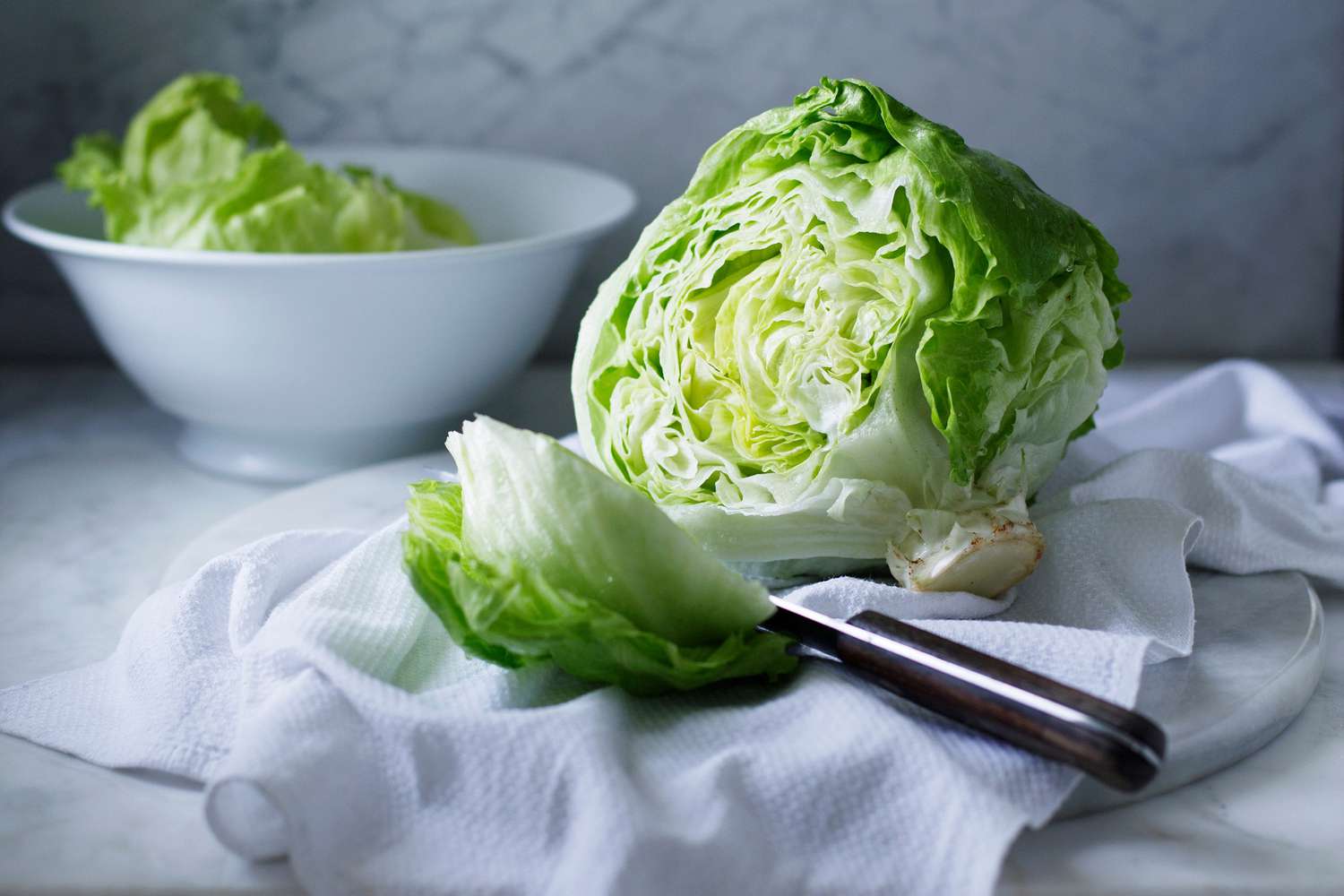
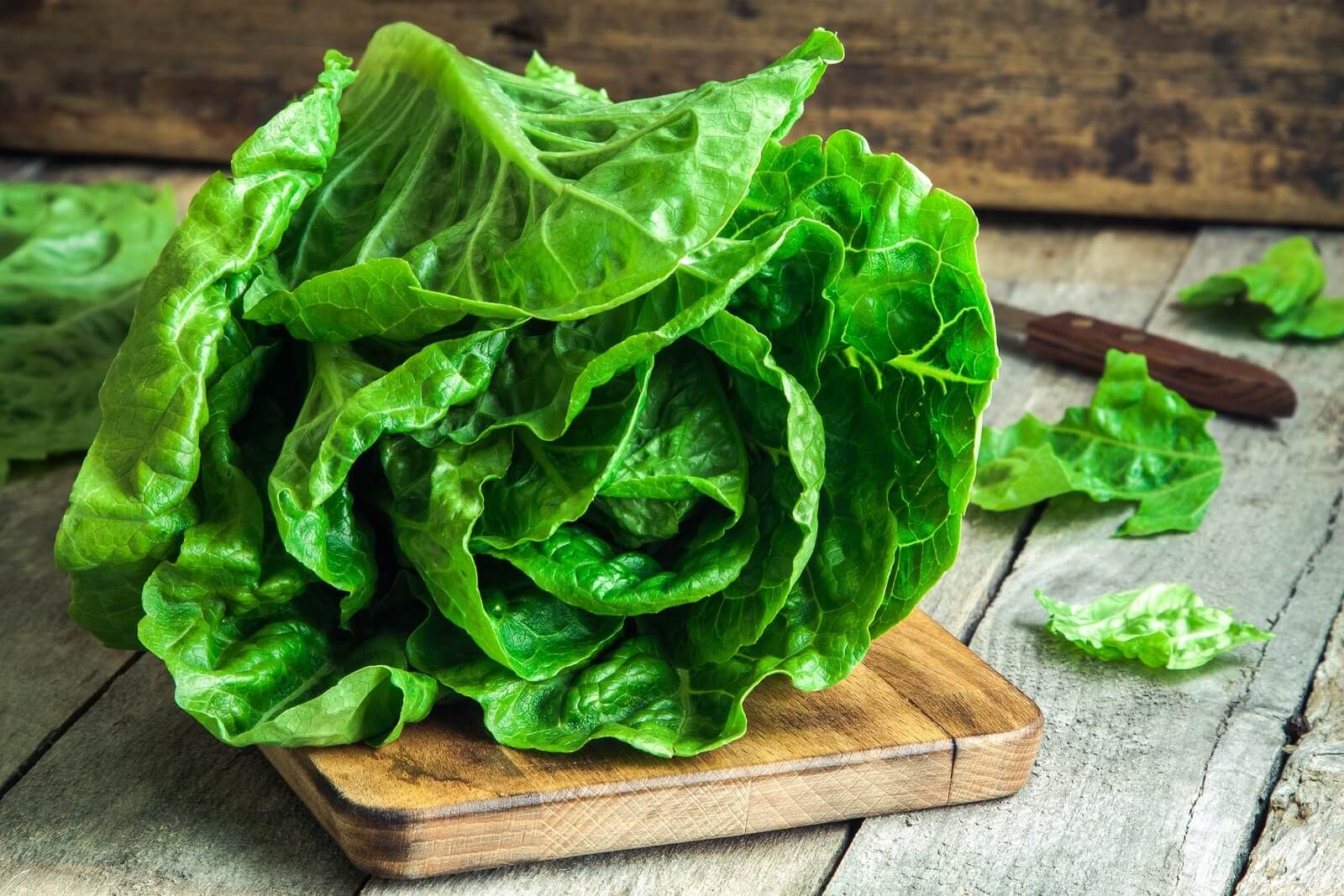
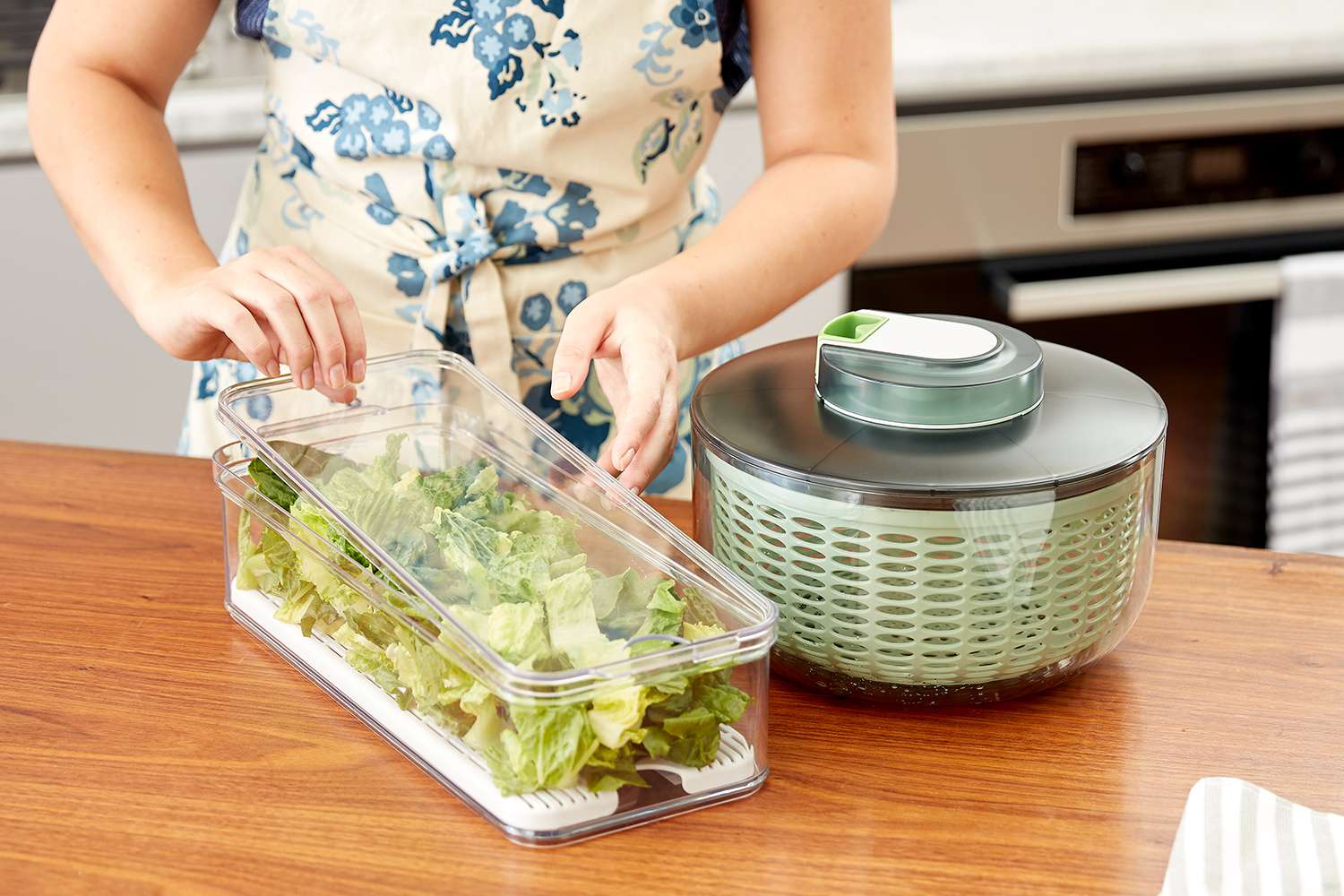
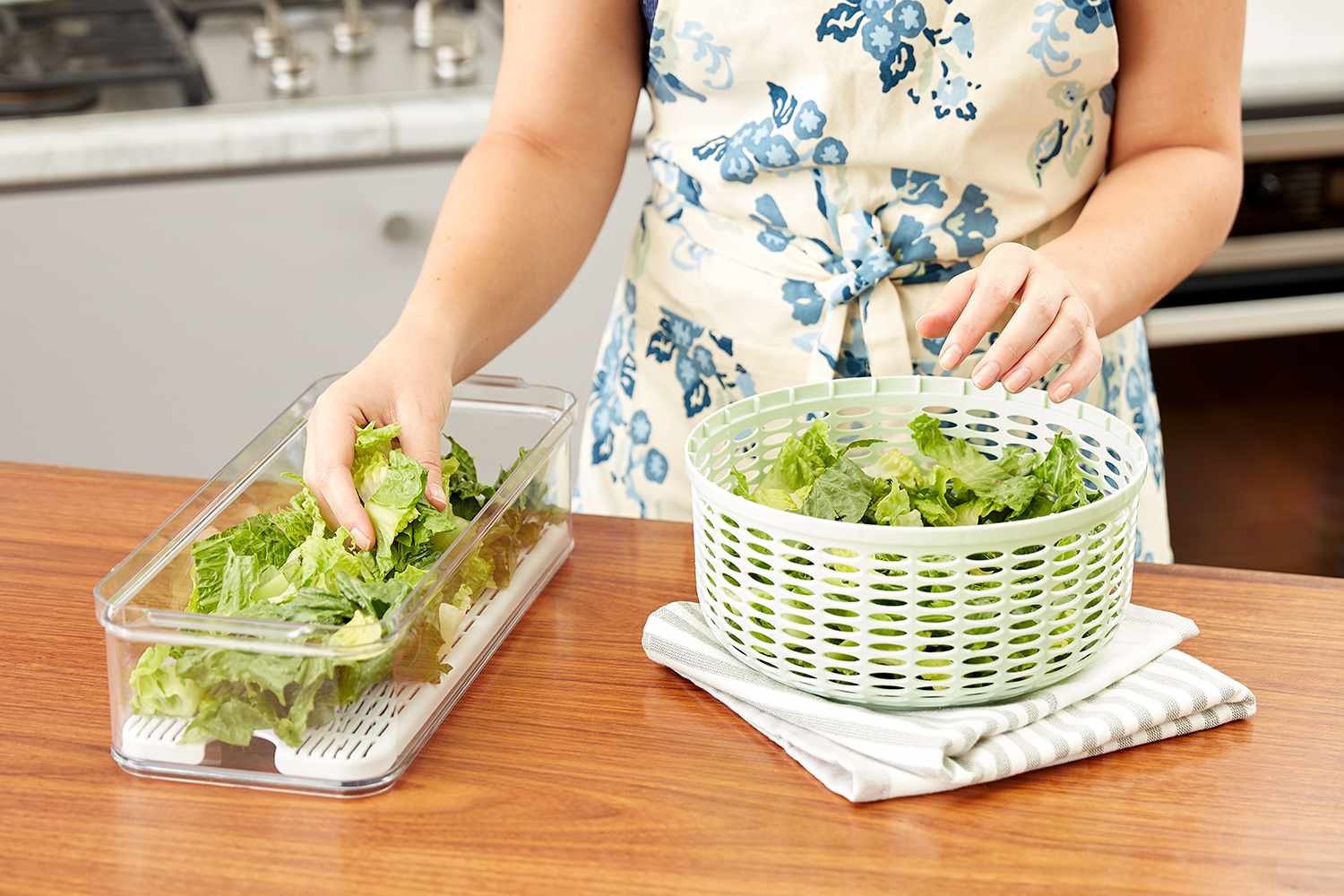
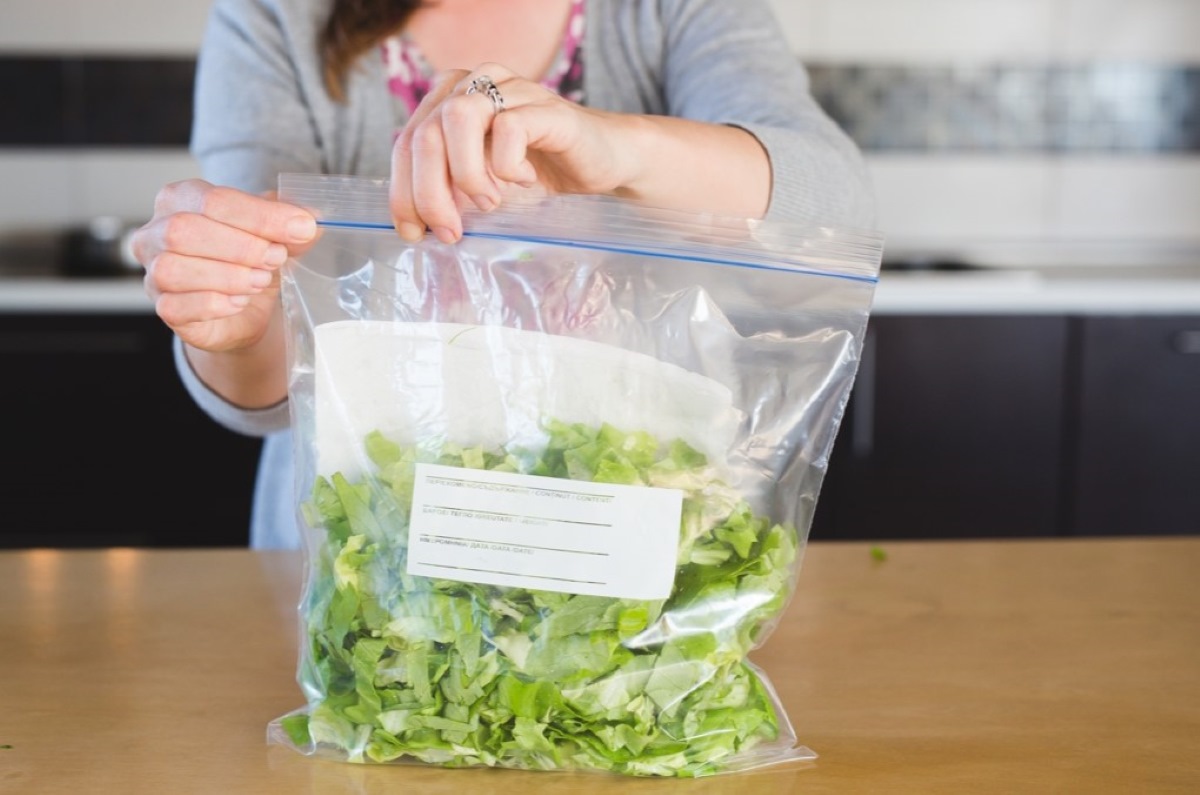
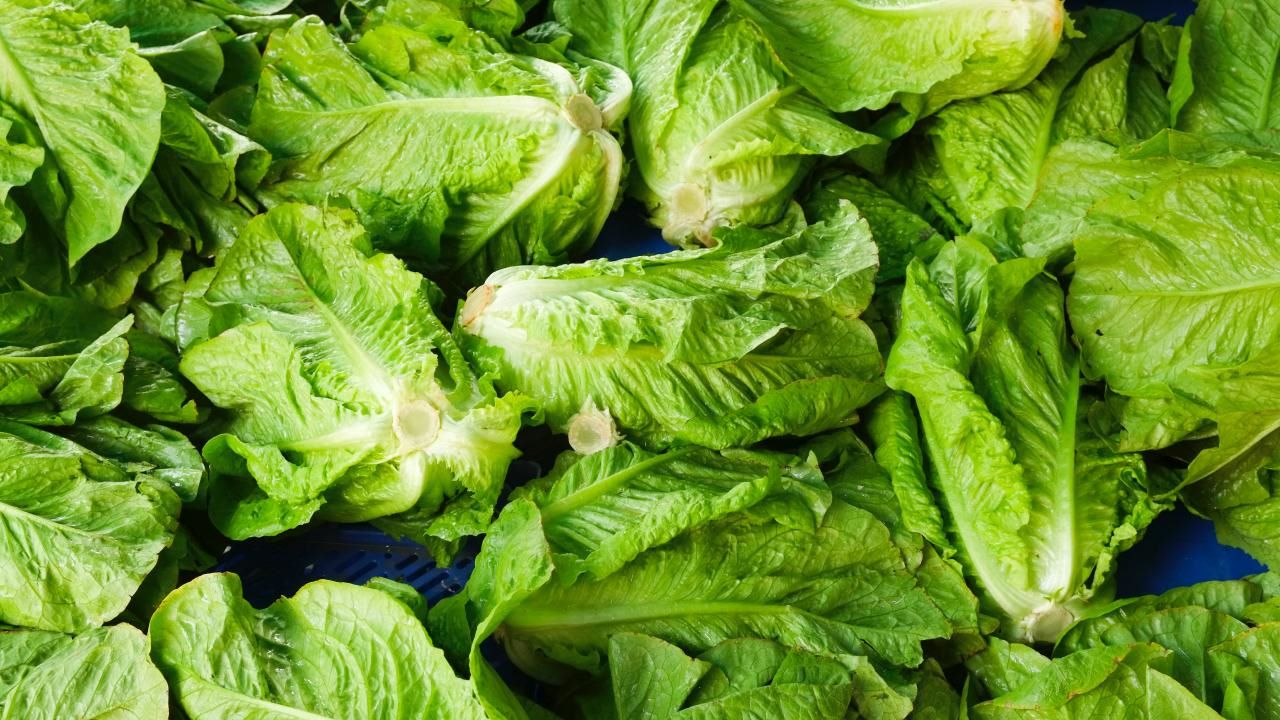
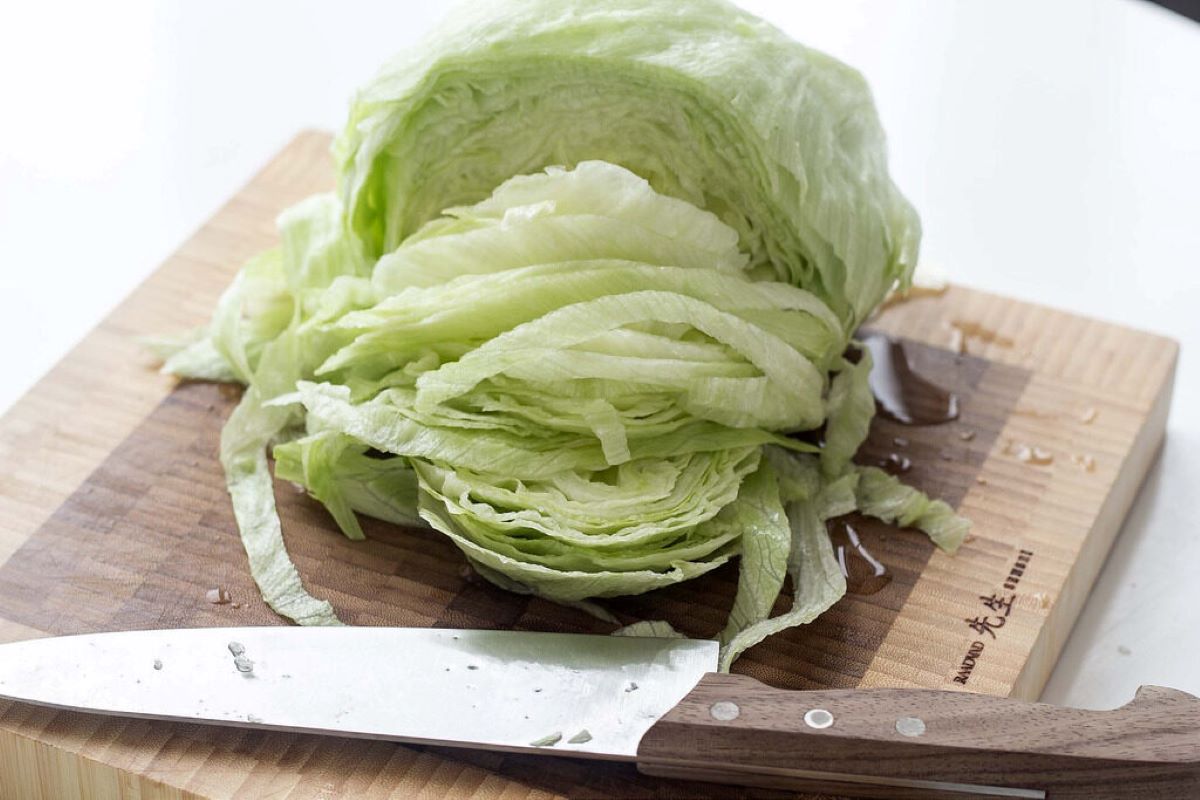

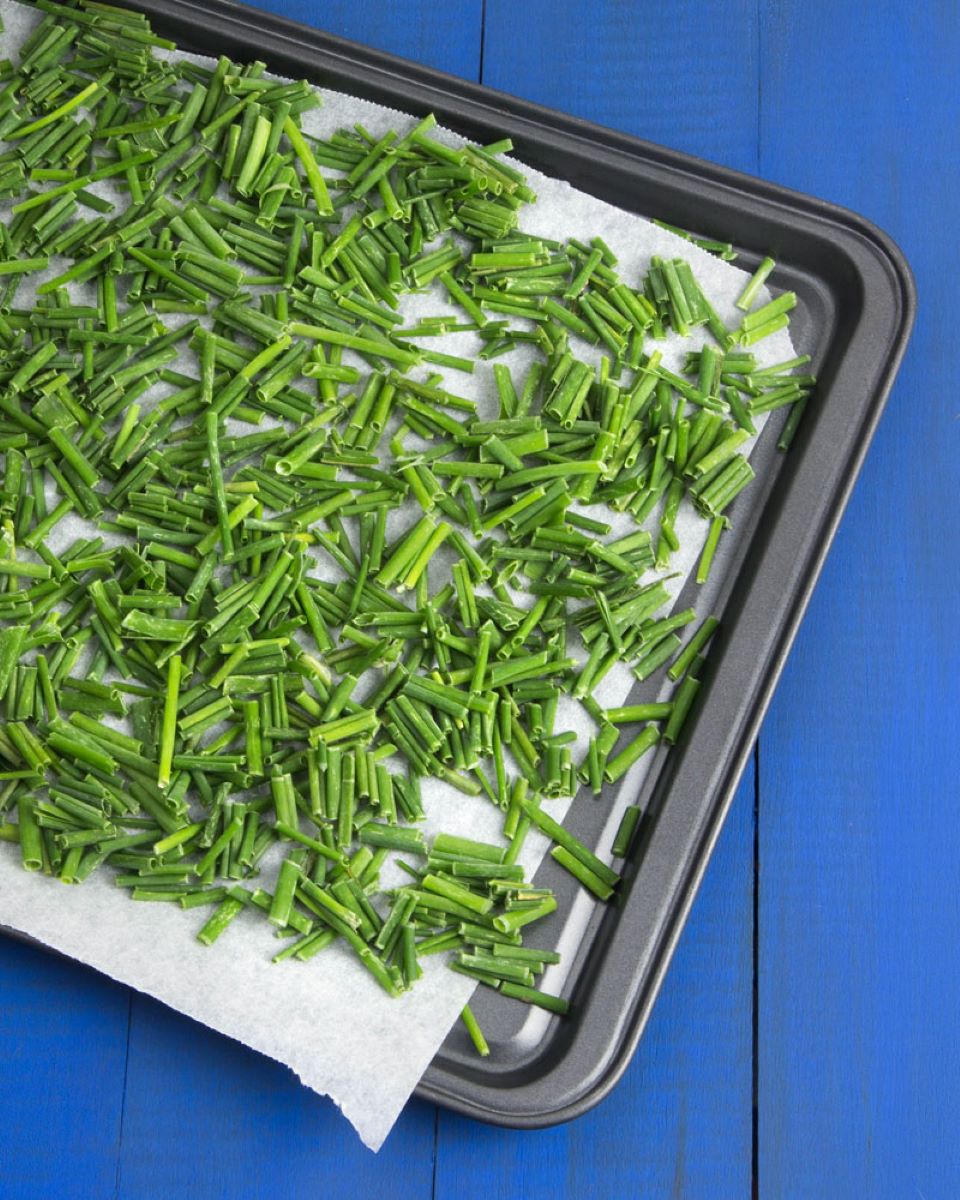
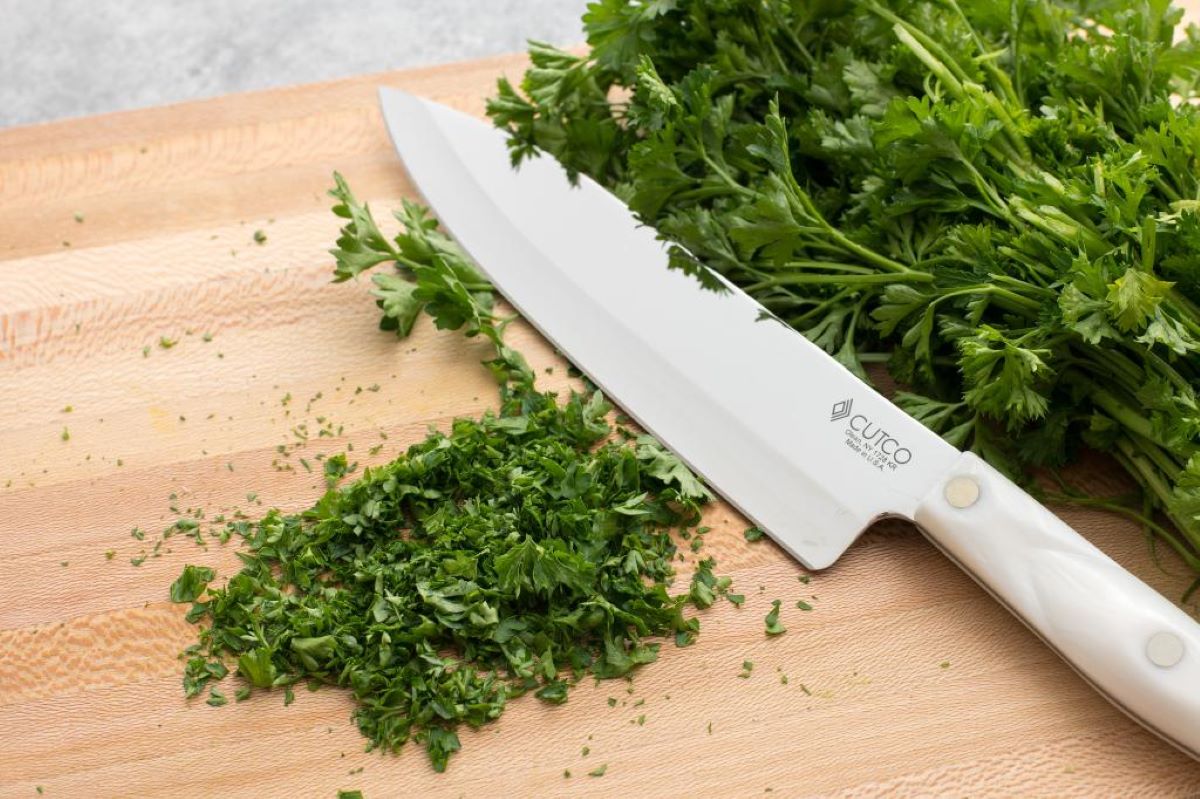
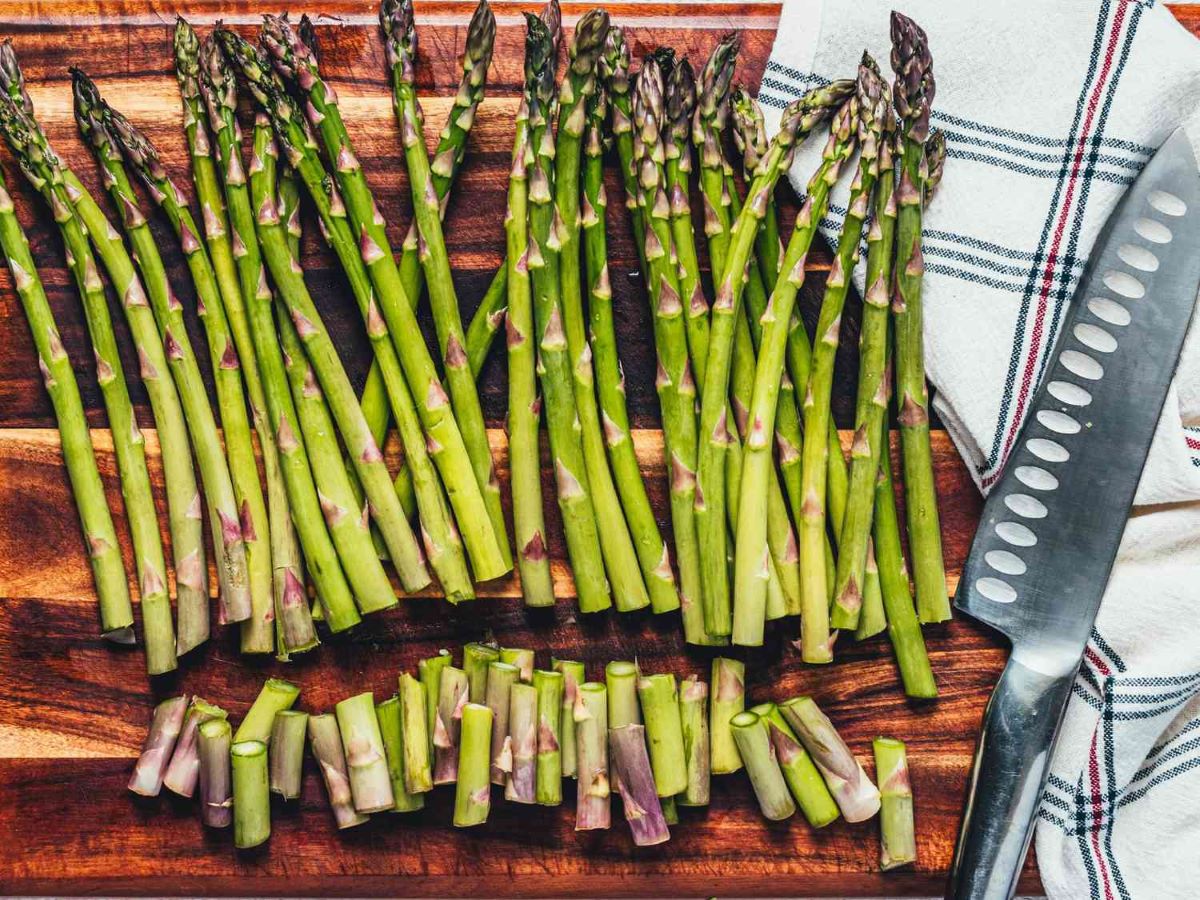
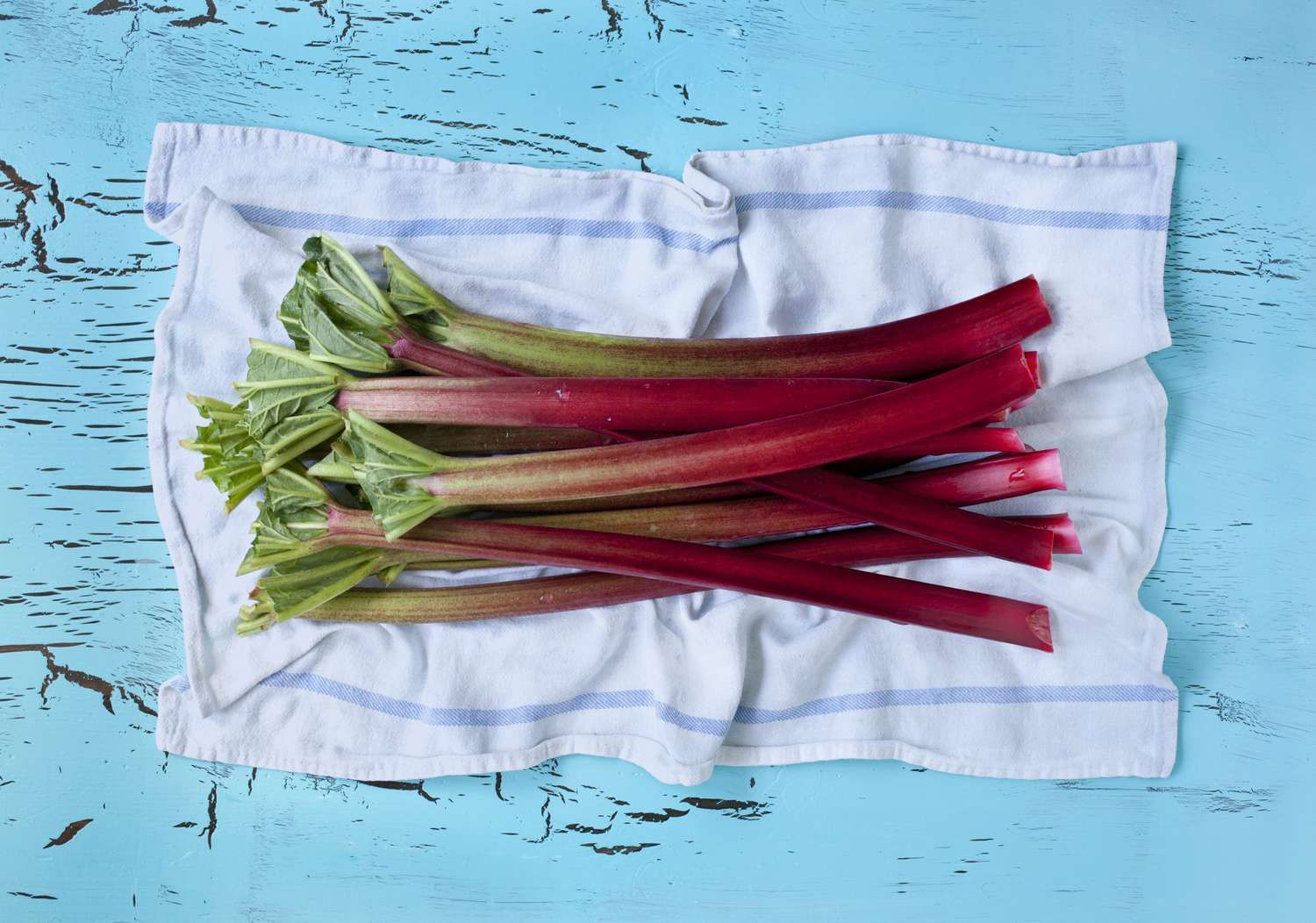
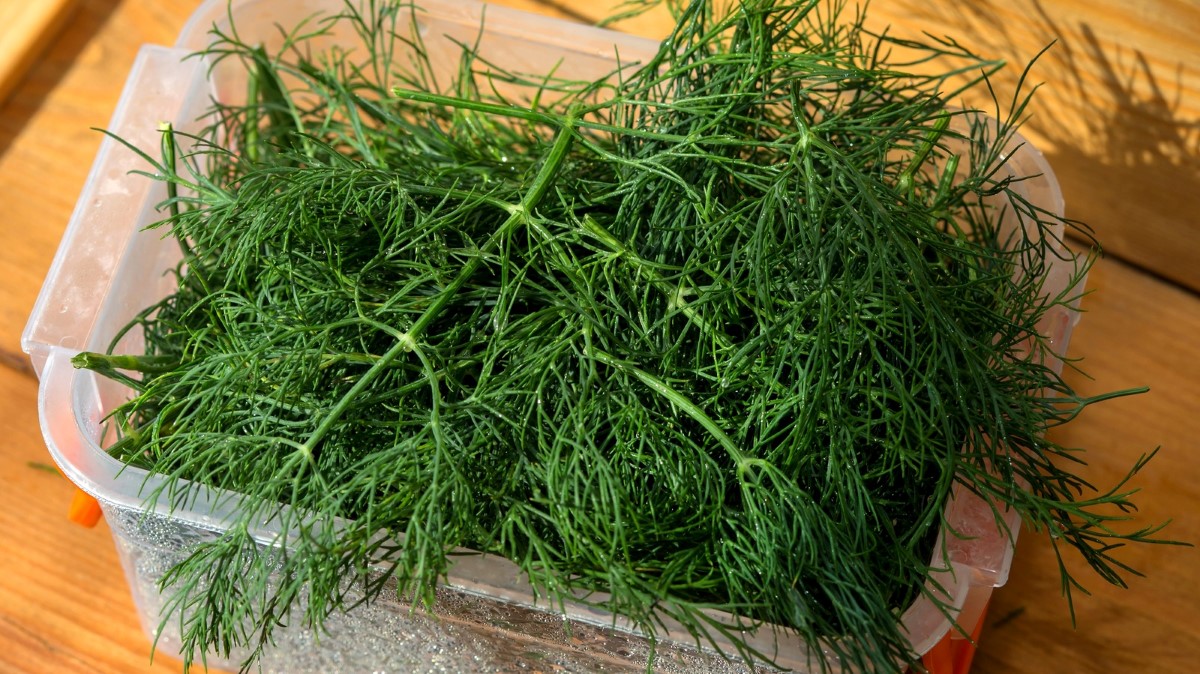

0 thoughts on “How To Store Fresh Cut Lettuce”